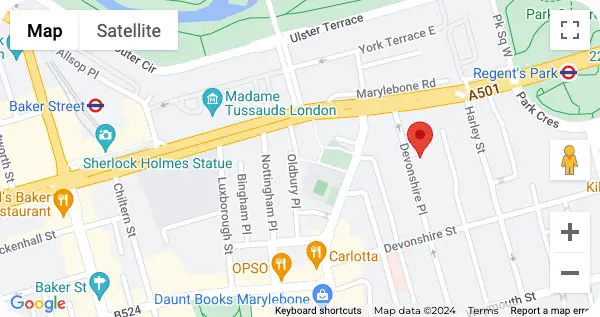Photodynamic Therapy (PDT) London
The Photodynamic Therapy (PDT) Experts

Dermatological
Non-surgical
Surgical
Body Concerns
Health & Wellness
Skin & Face
Expert care for a wide range of skin conditions, ensuring healthy, radiant skin.
Lesions & Bumps
Comprehensive care for skin lesions and bumps, promoting clear and healthy skin.
Lifting & Tightening
Advanced treatments to lift and lighten the skin, enhancing firmness and brightness.
Rejuvenation
Revitalize your skin with advanced treatments designed to restore a youthful glow.
Skin Treatments
Effective solutions for a variety of skin concerns, promoting clear and healthy skin.
Wellness
Holistic skincare approaches to support overall skin health and well-being.
Advanced, non-invasive treatments to rejuvenate your appearance without surgery.
Body Treatments
Transformative, non-invasive treatments to sculpt and tone your body effortlessly.
Facial Treatments
Rejuvenating facial treatments to refresh and enhance your natural radiance.
Hair Treatments
Advanced treatments to restore hair vitality and promote healthy growth.
Injectables
Minimally invasive injectables to smooth wrinkles and enhance facial contours.
Precision cosmetic surgery tailored to enhance and refine your natural beauty.
Body Surgery
Expertly performed body surgeries to reshape, contour, and enhance your physique.
Breast Surgery
Specialized breast surgeries to enhance shape, size, and symmetry for a natural look.
Cosmetic Andrology
Advanced procedures designed to enhance male aesthetics and address intimate concerns.
Cosmetic Gynaecology
Tailored surgical solutions to enhance feminine aesthetics and improve intimate well-being.
Facial Surgery
Precision facial surgeries to refine features and achieve natural, balanced results.
Fat Transfer/Removal
Advanced fat transfer and removal techniques to sculpt and enhance your body’s contours.
Comprehensive solutions to address a range of body concerns, from stubborn fat to skin laxity.
Breasts
Tailored solutions for breast concerns, including size, shape, and symmetry.
Other Areas
Targeted solutions for stubborn areas of the body, tailored to your unique needs.
Volume & Contouring
Specialized treatments to enhance body volume and improve overall contour for a balanced silhouette.
Holistic care focused on improving overall health and well-being for a balanced lifestyle.
Digestive Health
Comprehensive care to support digestive health and improve overall well-being.
Energy & Immunity
Holistic approaches to boost energy levels and strengthen your immune system for optimal health.
General Health
Personalized strategies to maintain and enhance your overall health and vitality.
Expert care for a wide variety of skin and facial concerns, promoting a healthy, glowing complexion.
Ageing Signs
Expert treatments to minimize ageing signs, rejuvenating your skin for a youthful glow.
Skin Texture & Tone
Advanced treatments to improve skin texture and even out tone for a smoother, radiant complexion.
Specific Areas
Targeted treatments to address skin concerns in specific facial areas for balanced, refined results.
Volume & Contouring
Tailored solutions to restore facial volume and enhance natural contours for a more youthful appearance.

We do aesthetics better

The Harley Street Skin Clinic offers a wide range of cosmetic treatments. We have state-of-the-art facilities and the best services across London that will make your PDT treatment the best and most enjoyable experience of your life.
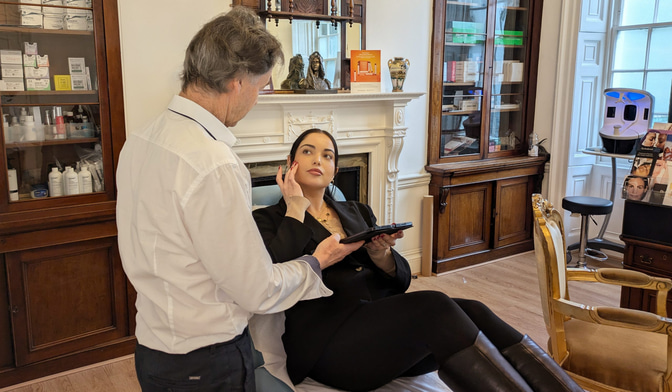
We have the best doctors that can treat your severe skin disease, precancerous melanoma, and cancerous melanoma. They are equipped with knowledge and skills for performing PDT.

Our photodynamic therapy helps our patients effectively treat their severely damaged skin and cancerous cells. Their skin is now rejuvenated and free of cancer after their therapy.
Experience the power
Photodynamic therapy (PDT) requires a photosensitizer drug that interacts with light energy. The procedure helps in the combat of various forms of skin diseases. It can basically kill cancer cells. The indication ranges from actinic keratosis (AK) to squamous cell carcinoma (Bowers disease) to stage 1 cutaneous T-cell lymphoma. It can additionally care for serious issues like acne, rosacea, and psoriasis. PDT is a versatile and effective solution to cancer treatments and dermatological problems.
Benefits are:
Treat diseases like actinic keratosis and acne that affect the surface layer of the epidermis.
It penetrates deeply into the epidermis to treat some kinds of skin cancer and deep lesions.
The traditional PDT and fractional laser are combined to treat the deep layer of the skin while avoiding damaging the surface.
It uses a light source from the sun to activate the photosensitizer medicines. It is a more convenient and comfortable treatment.
1-2 hours
Not Required
1-2 days
24 hours
24 hours
Several months
1 week
1 week

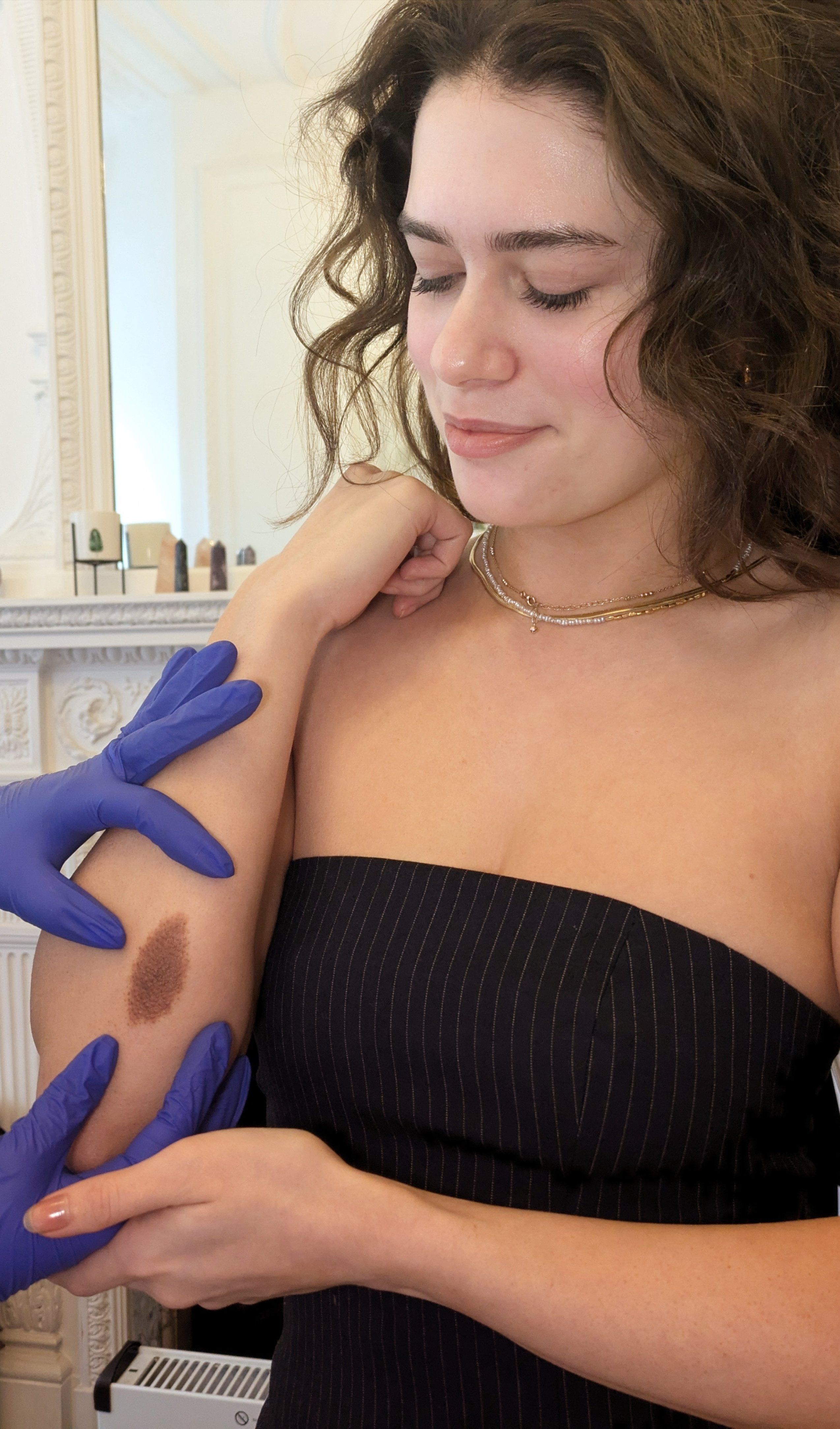


It is preferable to begin with a consultation in which expectations regarding the procedure, necessary preparations, and actions to be taken prior to, during, and following the surgery are established.
We are now focused on all the preparations that must be taken. Making sure everything will go along to plan financially, emotionally, and physically before the procedure begins.
A dermatologist will apply a photosensitizing agent and light energy to treat the affected area.
Although recovery times may differ from person to person, most patients are back to their regular activities in two weeks or less.
It is preferable to begin with a consultation in which expectations regarding the procedure, necessary preparations, and actions to be taken prior to, during, and following the surgery are established.
We are now focused on all the preparations that must be taken. Making sure everything will go along to plan financially, emotionally, and physically before the procedure begins.
A dermatologist will apply a photosensitizing agent and light energy to treat the affected area.
Although recovery times may differ from person to person, most patients are back to their regular activities in two weeks or less.
Ashleigh Fitzgerald
I had a fantastic experience with Dr Omar and Dr Badat at Harley Street Skin Clinic. Very professional, friendly and helpful. I would highly recommend this clinic.
Emily Dixon Slater
A great experience with the clinic. I booked a same day appointment and the very helpful reception staff went out of their way to accommodate me. Dr Omar was very kind and knowledgeable, taking the time to explain the treatment and providing lots of additional information and advice. Thank you!
K S
I would highly recommend Dr Khan and his Team at Harley Street Clinic. They actively listen to your concerns and provide a personalised plan that is effective.
Melanie Saunderson
Today I had my visia done today with Lesley. As usual I was given plenty of time to look at the before and after pictures to see the progress with my skin.
Gary Bowles
i am going to the harley street skin clinic because of a skin condition.had 2 appointments so far,2 to go.i noticed a difference in my condition after the 1st visit.all the staff at the clinic are friendly and helpful.would recommend this clinic to anyone with the same condition.
Photodynamic therapy is a combination of photosensitizer medicine and light energy to address different skin conditions, most especially cancerous and precancerous melanoma. PDT is used to treat actinic keratosis (AK). It is a precancerous condition that is caused by longer exposure to the sun. A dermatologist will apply a photosensitizing agent and light energy to treat the affected area. PDT can effectively cure squamous cell carcinoma and superficial basal cell carcinoma, as well as nonmelanoma cancer cells. It is also best for severe conditions like psoriasis, rosacea, and acne.
The National Cancer Institute recognises PDT for effectively treating a variety of cancers and pre-cancerous skin problems. It provides comprehensive research about PDT.
PDT (photodynamic therapy), or photochemotherapy, involves light that selectively destroys the damaged cells while spurring the formation of healthy cell imprint musk. It is a procedure that involves continually exposing the treatment area to high-intensity light of a specific wavelength. Any cells that this light touches will be oxygen-starved and, thus, will not survive and fall away. PDT may destroy blood vessels in the tumour and trigger the immune system to attack the tumour cells. If you have a severe condition, you may need to use an ALA cream, and a longer incubation time is needed.
An example of this is ‘ALA’, which stands for 5-aminolevulinic acid. To be applied topically, ALA cream causes the target area to become hypersensitive to light and is essentially an activation ointment for the light-induced chemical reaction. After 24 to 72 hours, the chemicals will leave the normal cells but stay in the damaged cells to continuously treat them.
Your doctor will need to cleanse the treatment area with alcohol to remove all the natural oils before starting the therapy. They will apply a sensitising solution to the treatment area. 30 minutes or more is needed for incubation. Your doctor will start to use the light energy for 15 minutes or more to activate the sensitising drugs after the incubation period. You will feel a burning and stinging sensation for the first 5 minutes. It will just go away after the treatment. After your light energy treatment, the area will be cleansed to remove all the solutions, and your doctor will apply sunscreen immediately.
After your PDT, you will be more sensitive to light for the next 48 hours. This is the effect of the combination of photosensitizing agents and light energy. You need to apply sunscreen right after the therapy as well as every day.
PDT is safe when done by a well-trained professional. There may be temporary side effects after the treatment, but it can be easily managed. So there is no need to worry. Follow your doctor’s advice to heal properly.
The kind of PDT and the level of your sensitivity will determine the pain you will feel. Some of our clients experience intense burning and stinging sensations. Others just feel slightly warm.
The number of sessions you need depends on your concerns and how severe the damage is. Different problems require different numbers of sessions. It is best to consult your doctor to know your requirements and to give you a treatment plan. Book an appointment here.
Photodynamic therapy can improve the quality of your results when combined with other treatments. Topical medicines such as hydroquinone and retinoids can be added to your daily routine. Combining cosmetic procedures like dermal fillers, IPL, laser resurfacing, chemical peels, Botox, LED light therapy, and microneedling is great as well. Ask your dermatologist for proper advice.
Extreme pain, swelling, blistering, and irritations are all symptoms of infections. If you feel or experience any one of them, or if there are also changes in colour or allergies, and if you notice high photosensitivity and delays in your healing, call your doctor or go to your clinic immediately.
The treated area is a little bit red even after PDT, but it will not stop you from going back to work unless you work outside under the sun. Patients should avoid any overexposure to harmful rays while their skin is at its most sensitive. For the rest of your healing, it is a good idea to still use an excellent-quality, high-aspect SPF at all times.





















David Perkins
Saw Dr Omar who was great, friendly and professional.
Gillian And Bill McLeod
Wonderful consultation with Lesley!

Yasmin Juma
Very good service
Frida Carlow
Great treatment! Very helpful receptionist!
Mariana O.
The best clinic !

Prabs Rai
Painless and very reassuring

Robin Saxen
Very welcoming and informative.
Judith Durham
Very helpfull and amazing expirence

Ivelina Mileva
Fast, professional service with excellent quality!
Sarah Conners
Very professional and excellent care. Lovely premises.
The cost of photodynamic therapy at our clinic, Harley Street Skin Clinic, in London is not just about the treatment itself; it includes excellent care and services from our well-trained team and certified doctors.
We ensure our patients are comfortable during and after their treatments and promise the best possible results.
Photodynamic therapy is a combination of photosensitizer medicine and light energy to address different skin conditions, most especially cancerous and precancerous melanoma. PDT is used to treat actinic keratosis (AK). It is a precancerous condition that is caused by longer exposure to the sun. A dermatologist will apply a photosensitizing agent and light energy to treat the affected area. PDT can effectively cure squamous cell carcinoma and superficial basal cell carcinoma, as well as nonmelanoma cancer cells. It is also best for severe conditions like psoriasis, rosacea, and acne.
The National Cancer Institute recognises PDT for effectively treating a variety of cancers and pre-cancerous skin problems. It provides comprehensive research about PDT.
Always wear sunscreen and stay out of the sun. Avoid taking hot showers. Use lukewarm water when washing the treated area. Use a soft towel to dry it. Moisturise regularly, and use painkillers if needed. Follow your doctor’s advice for the treated part.
It enhances collagen production to help fight the signs of ageing. Your tones and texture will improve, and your skin will become smoother and tighter because of PDT.
Destroying abnormal cells
Minimising acne and inflammation
Improving tone and texture
Your skin will become healthier and clearer, as well as look younger, after your PDT. It will help you feel comfortable and content with yourself. Most patients also experience some social and psychological changes after having PDT therapy.
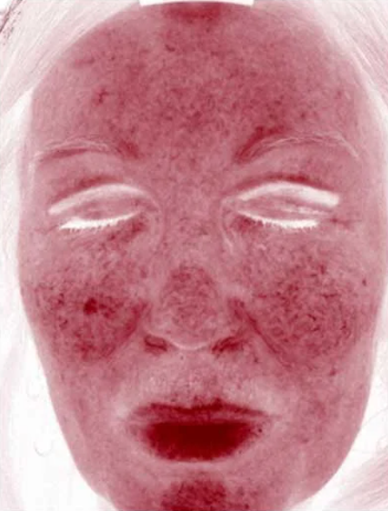
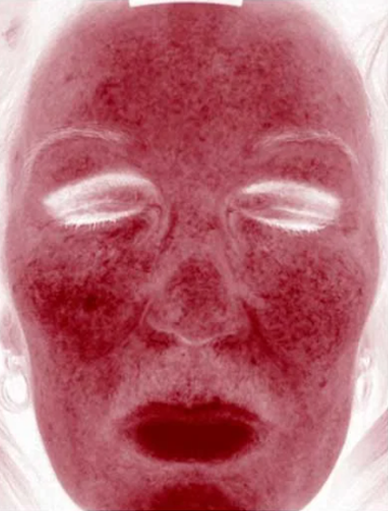
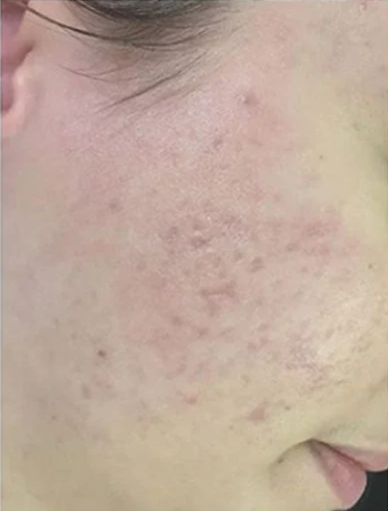
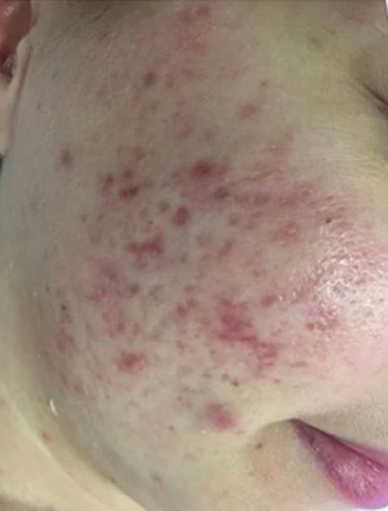
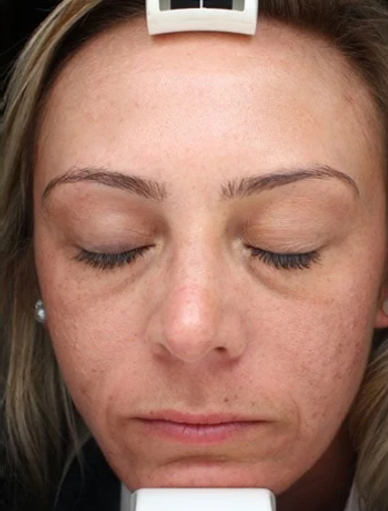
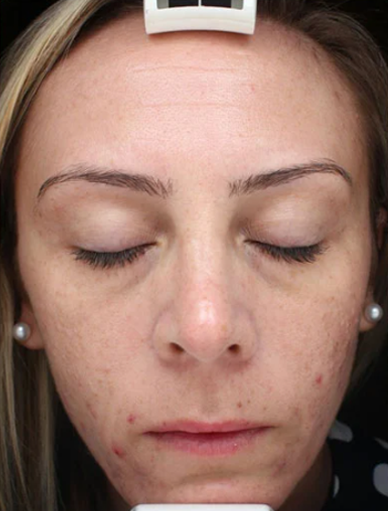
You will experience common side effects like swelling and redness, as well as a stinging and burning feeling.
The treated area will start peeling and crusting. You will also become more sensitive to light.
Redness and swelling may decrease. The treated part may become itchy.
Peeling and crusting may stop. Mild redness may still be present.
The treated area will return to its normal look. Redness and swelling should be gone.
You are not suitable for PDT if you have the following conditions:
Consult your doctor to know if PDT is right for you.
59,645
Happy patients served.
Need to reach us?
Contact or visit our clinic.
We're based in central London at the historic 14 Devonshire Pl which is only a short 2 minute walk from Regents Park tube station a 10 minute taxi journey to Kings Cross, and St Pancras stations.
We're open Monday - Friday 8am - 8pm, and Saturdays 9am - 5pm, feel free to drop in to talk to a member of our team where they can answer any of your questions.
Alternatively book a free consultation, request a callback, or call us on 0207 4364441.
